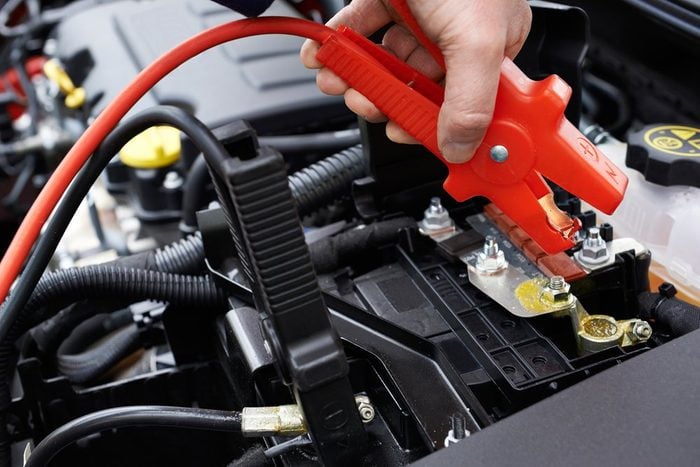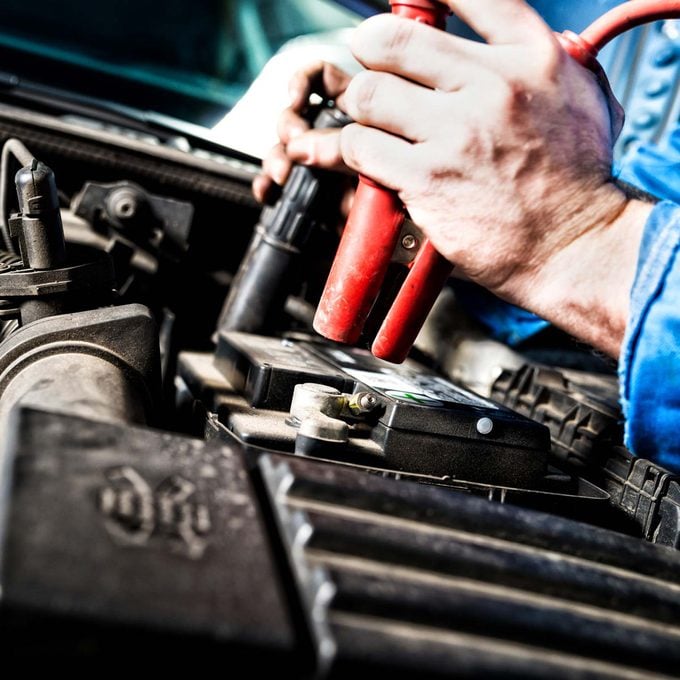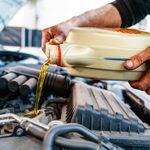Why Won’t My Battery Jump?

Your car is dead. You try to jump-start the battery, but nothing happens. Is it the battery or something else that's the problem? Let's find out.
The most common reasons for a dead battery are cold weather, age and leaving the lights on overnight. If a jump-start revives your engine, your problem was most likely a dead battery. If you cannot jump-start your car, the battery may be completely discharged or damaged. There are also several mechanical and electrical reasons why a car won’t start when trying a jump–start, including the most frequent listed here.
Safety first! Always follow the steps in your owner’s manual before jump-starting any vehicle. Remember, a battery contains sulfuric acid that can cause serious burns. Always wear gloves and eye protection when working around a battery or jump-starting a car. If you come into contact with battery acid, flush with plenty of water and get medical attention immediately.
On This Page
Battery
Car batteries do not last forever. Depending on the climate and driving conditions, expect to replace your battery every three to five years. An internal short circuit or defective cell will prevent a battery from being jump-started. The only fix is a new battery.
Battery Terminals
Note the condition of your battery terminals. If the terminal connections are corroded or loose, electrical flow to the rest of the car will be restricted, so your car won’t start even with a jump. Removing the cable ends and cleaning the corrosion with a wire brush (and retightening the bolts) should restore full electrical power to your car. Often overlooked is the “ground” side of the negative battery cable where it bolts to the engine block. Make sure that connection is clean and tight as well.
Alternator
A car battery cannot meet all the needs of a vehicle’s electrical system. The alternator restores (recharges) electrical power to the battery lost when starting your car. The alternator also supplies current to the electrical accessories when the engine is running. If your lights dim excessively when stopped, or the battery light flickers on, have a professional mechanic check the condition of the alternator before investing in a new battery. A loose or slipping drive belt will also cause uneven charging and a dead battery.
Starter Motor
The starter motor needs energy from the battery to spin the motor. A defective starter cannot “crank” the engine to get it started. If you hear clicking or grinding sounds while the engine fails to turn over, that indicates a faulty starter. Your only option: The repair shop.
Neutral or Clutch Safety Switch
A safety switch keeps a car with automatic transmission from starting unless it’s in park (P) or neutral (N). On a manual transmission vehicle, the same switch requires the clutch pedal be fully depressed before the engine can start. So if the safety switch is damaged or fails, the engine can’t be jump-started.
Jumper Cables
Connecting jumper cables improperly is not only dangerous but will prevent a successful jump-start, even if the battery hasn’t completely discharged. And all jumper-cables are not made the same. Jumper cables that are too long, or not heavy enough, have excessive internal resistance or cannot carry sufficient current may not work when you need them. So invest in a set of quality jumper cables.




